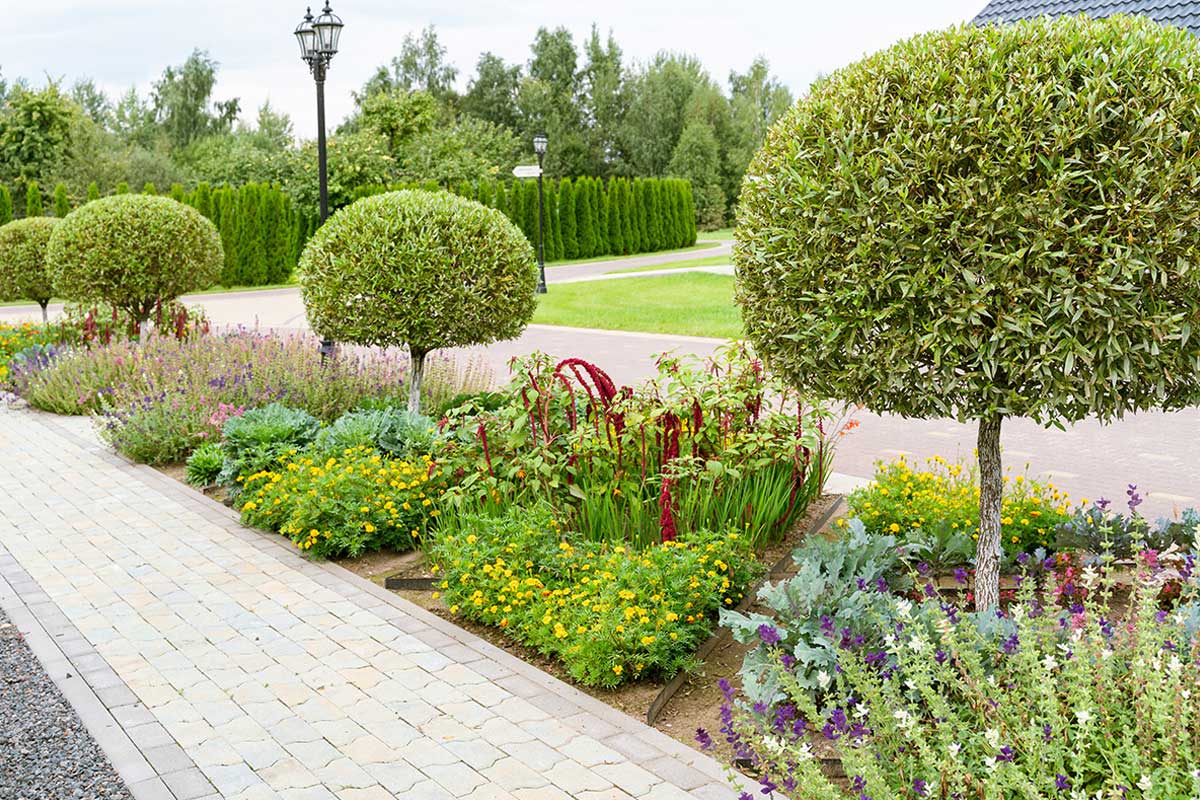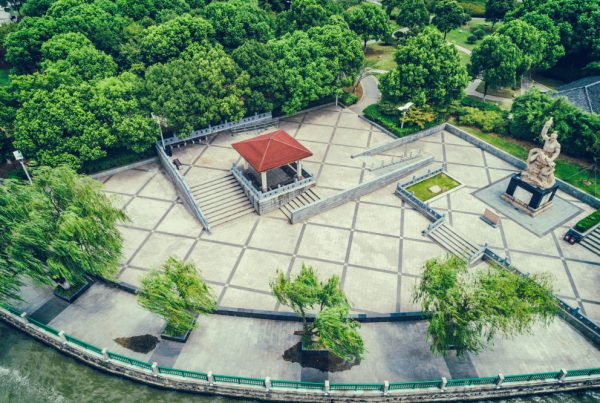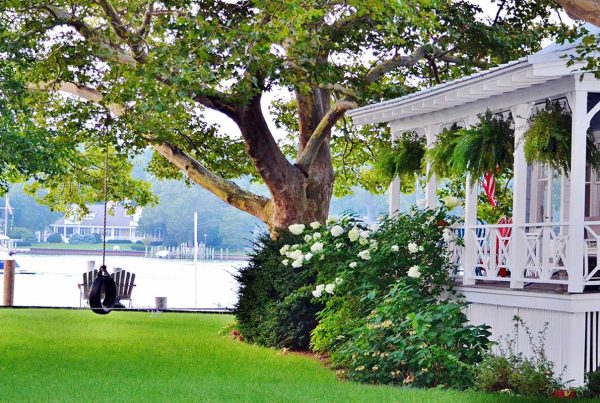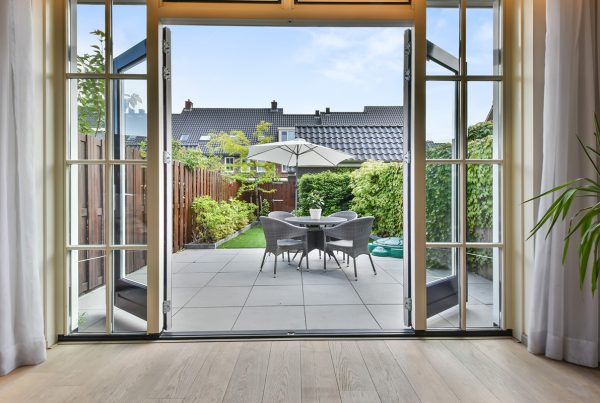Lebanon, nestled between the Mediterranean Sea and the towering peaks of the Lebanese mountains, boasts a landscape that is as diverse as it is captivating. From the lush valleys and ancient cedar forests to the sparkling coastal shores, Lebanon’s natural beauty has inspired poets, artists, and wanderers for centuries. Let’s embark on a journey through the enchanting landscape of this small yet geographically rich country.
The Majestic Cedars: Guardians of Lebanon’s Heritage
The ancient Cedars of Lebanon, often mentioned in historical texts and religious scriptures, stand as enduring symbols of the country’s natural wealth. These majestic trees, some dating back thousands of years, grace the slopes of the Mount Lebanon range. Their towering trunks and evergreen canopies evoke a sense of timelessness, embodying Lebanon’s enduring connection to its past.
Valleys and Gorges: Nature’s Sculpted Masterpieces
Lebanon is crisscrossed with picturesque valleys and gorges, each telling a story of geological wonders. The Qadisha Valley, also known as the Holy Valley, with its rugged cliffs and winding river, has been a haven for hermits and monasteries throughout history. The lush Bekaa Valley, framed by mountains, is not only an agricultural heartland but also a breathtaking landscape that changes with the seasons.
The Mediterranean Coast: A Tapestry of Sun and Sea
Lebanon’s coastline stretches along the sparkling blue waters of the Mediterranean, offering a striking contrast to the mountainous interior. Sandy beaches, rocky coves, and vibrant waterfront promenades define the coastal landscape. From the vibrant energy of Beirut’s Corniche to the tranquil shores of Tyre, the coastline is a dynamic space where the sea meets the land in a harmonious dance.
Orchards and Vineyards: Bounty of the Land
The fertile soils of Lebanon have given rise to lush orchards and vineyards that dot the landscape. The Bekaa Valley, renowned for its vineyards, produces some of the world’s finest wines. Olive groves, apple orchards, and fields of vibrant wildflowers contribute to the country’s rich agricultural tapestry, adding splashes of color to the landscape.
Mountain Retreats: Serenity Amidst the Peaks
Lebanon’s mountainous terrain provides a cool retreat from the coastal warmth, with charming villages nestled amidst the peaks. Bsharri, the birthplace of poet Kahlil Gibran, and the picturesque town of Ehden are just a few examples of mountain retreats that offer panoramic views, fresh mountain air, and a sense of tranquility.
Preservation Efforts: Balancing Progress and Nature
As Lebanon undergoes urbanization and development, there is a growing awareness of the need to balance progress with the preservation of its natural treasures. Conservation efforts, national parks, and eco-friendly initiatives aim to safeguard Lebanon’s unique biodiversity, ensuring that future generations can continue to marvel at the country’s natural wonders.
A Call to Explore: Lebanon’s Landscape Awaits
Lebanon’s diverse landscape is an invitation to explore, discover, and connect with nature. Whether hiking through cedar forests, exploring ancient ruins nestled in valleys, or simply enjoying the sea breeze on the coast, Lebanon’s natural beauty captivates the soul. In every corner of this small but geographically rich nation, the landscape unfolds as a testament to the intricate artistry of nature, inviting all who venture here to be inspired by its enchanting beauty.
Nestled along the shores of the Mediterranean, Lebanon’s architectural landscape is a mesmerizing dance between the echoes of ancient civilizations and the vibrant pulse of contemporary design. From the coastal cities to the mountain villages, Lebanon’s architecture weaves a narrative that spans centuries, embodying the resilience and creativity of its people.
A Tapestry of History: Ancient Ruins and Cultural Icons
Lebanon’s historical richness is etched into its landscapes, with archaeological treasures that transport visitors back in time. The Roman temples of Baalbek, the Phoenician city of Byblos, and the Crusader castles that dot the coast stand as architectural marvels, preserving the legacy of those who once walked these lands. These ancient structures not only serve as tourist attractions but also inspire architects seeking to integrate historical elements into contemporary designs.
Traditional Lebanese Architecture: Timeless Beauty and Functionality
The heart of Lebanon’s architectural identity lies in its traditional homes and structures. Characterized by stone facades, red-tiled roofs, and intricate geometric patterns, these buildings reflect the marriage of aesthetics with practicality. The inner courtyards, arched windows, and wooden detailing showcase an architectural style that has stood the test of time. Today, architects draw inspiration from these timeless elements, infusing modern designs with a touch of Lebanese heritage.
Beirut’s Renaissance: From Rubble to Skyscrapers
Beirut, the resilient capital, bears the scars of its tumultuous history, but it has emerged as a testament to the indomitable spirit of the Lebanese people. The reconstructed downtown area boasts modern skyscrapers alongside restored Ottoman-era buildings. The juxtaposition of contemporary glass structures with traditional Lebanese architecture defines Beirut’s skyline, symbolizing the city’s journey from destruction to revitalization.
Religious Diversity in Architectural Expression
Lebanon’s religious diversity is mirrored in its places of worship. Churches, mosques, and synagogues coexist harmoniously, each with its unique architectural expression. The Mohammad Al-Amin Mosque, with its iconic blue dome, and the St. George Maronite Cathedral, exemplify the diverse architectural styles that emerge from Lebanon’s religious tapestry.
Sustainable Design: Navigating Challenges with Innovation
In response to environmental challenges, Lebanese architects are increasingly embracing sustainable design principles. Green roofs, energy-efficient technologies, and eco-friendly materials are becoming integral to architectural projects. This commitment to sustainability reflects an awareness of the need to balance development with environmental stewardship.
Global Impact: Lebanese Architects on the World Stage
Lebanese architects have made a mark on the global stage, contributing to international dialogues on design and urban planning. Their innovative approaches, often inspired by Lebanon’s cultural heritage, have garnered attention and accolades worldwide. Whether working on projects in the Middle East, Europe, or beyond, Lebanese architects bring a unique blend of local identity and global perspective to the forefront.
Conclusion
Lebanon’s architectural landscape is a masterpiece that tells a story of resilience, adaptation, and a deep connection to cultural roots. From the ancient ruins that bear witness to civilizations past to the contemporary structures that define modern urban spaces, Lebanon’s architecture is a celebration of heritage and innovation. As the country continues to evolve, its architects play a pivotal role in shaping spaces that bridge the gap between tradition and the future, contributing to an architectural legacy that is uniquely Lebanese.






